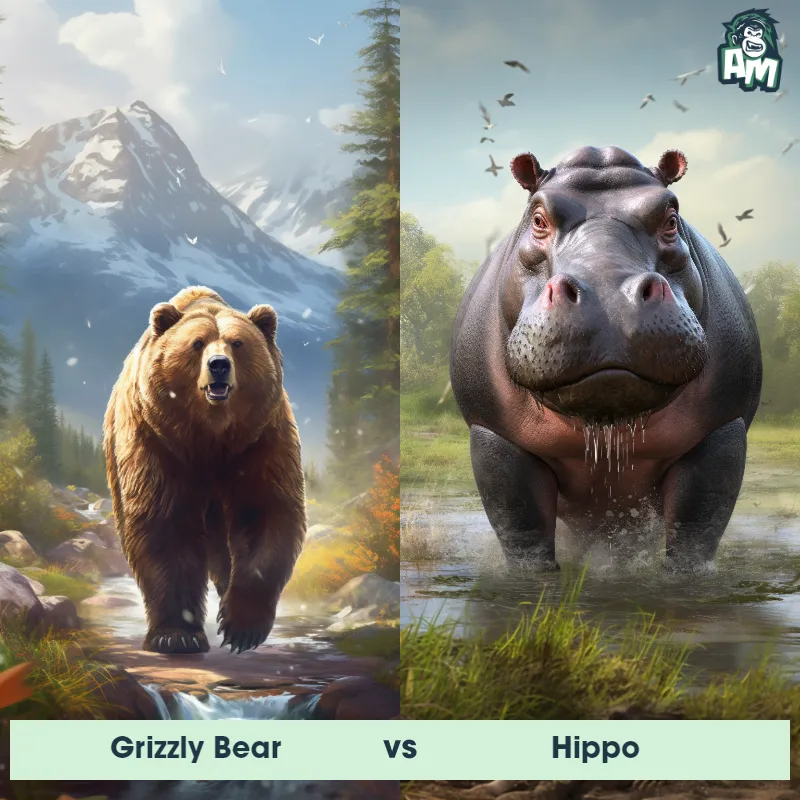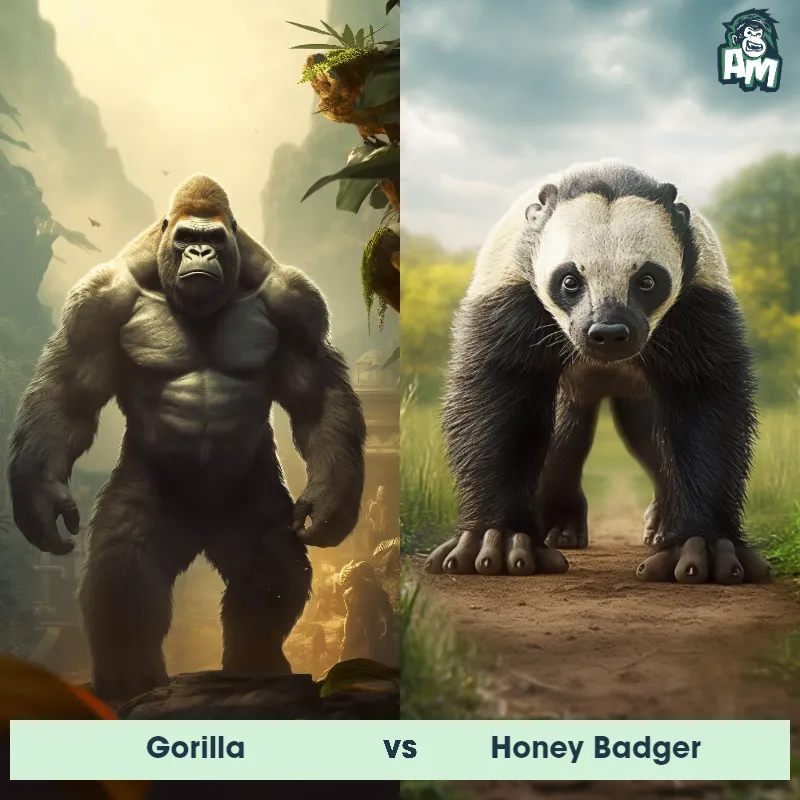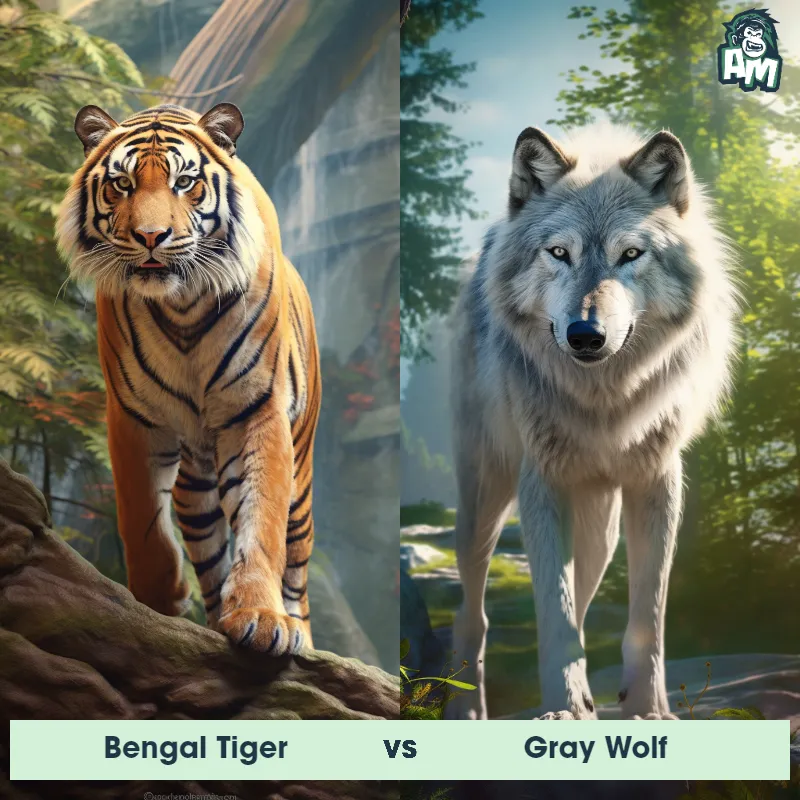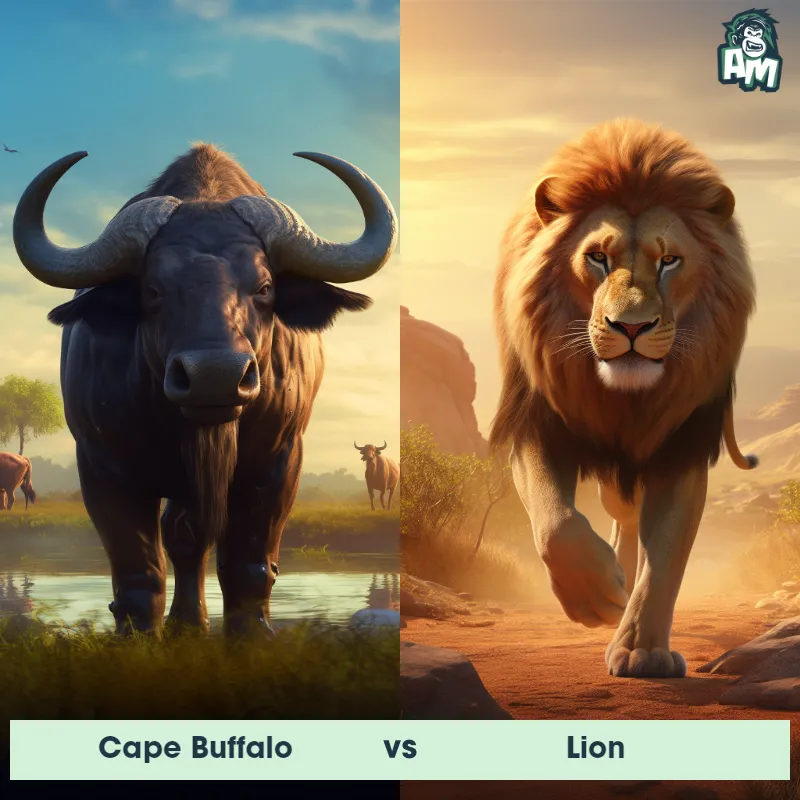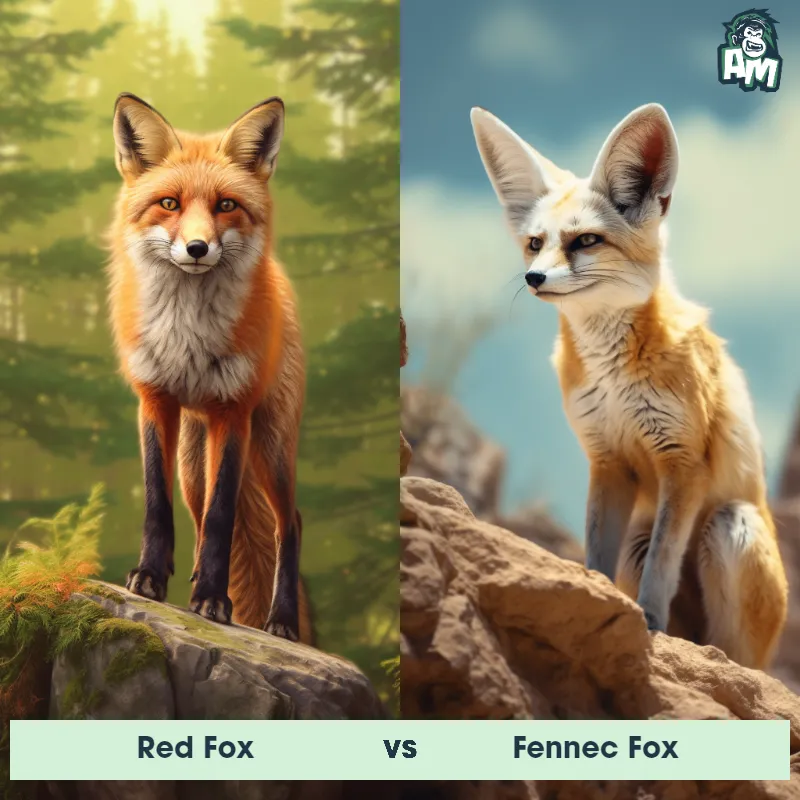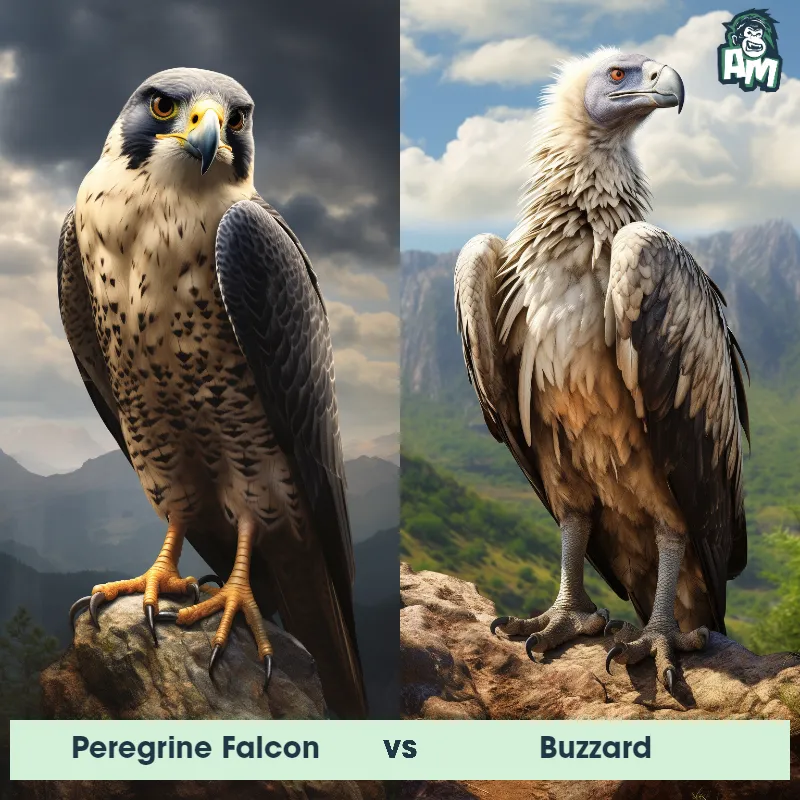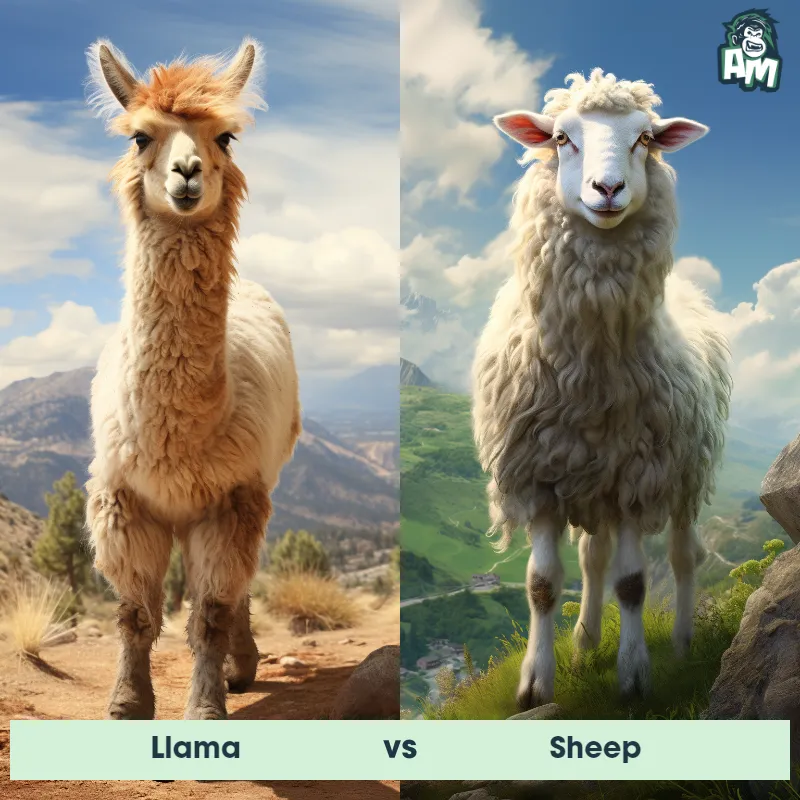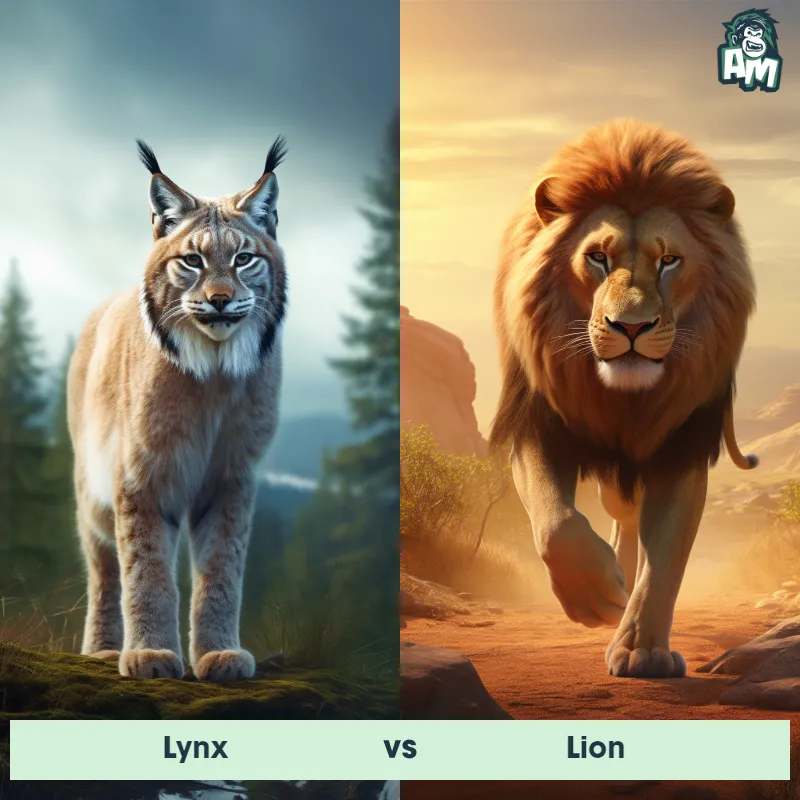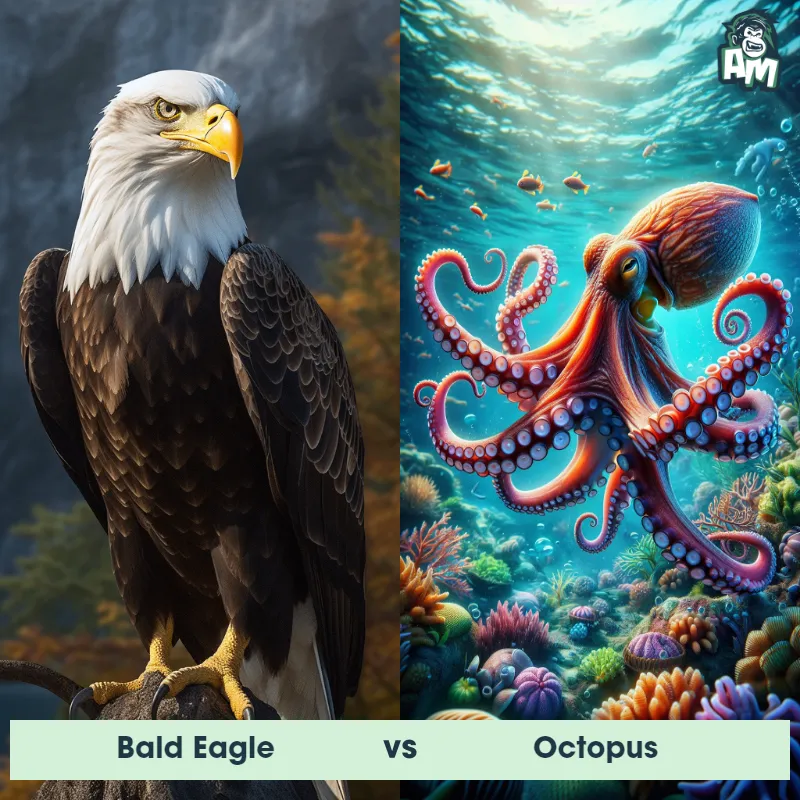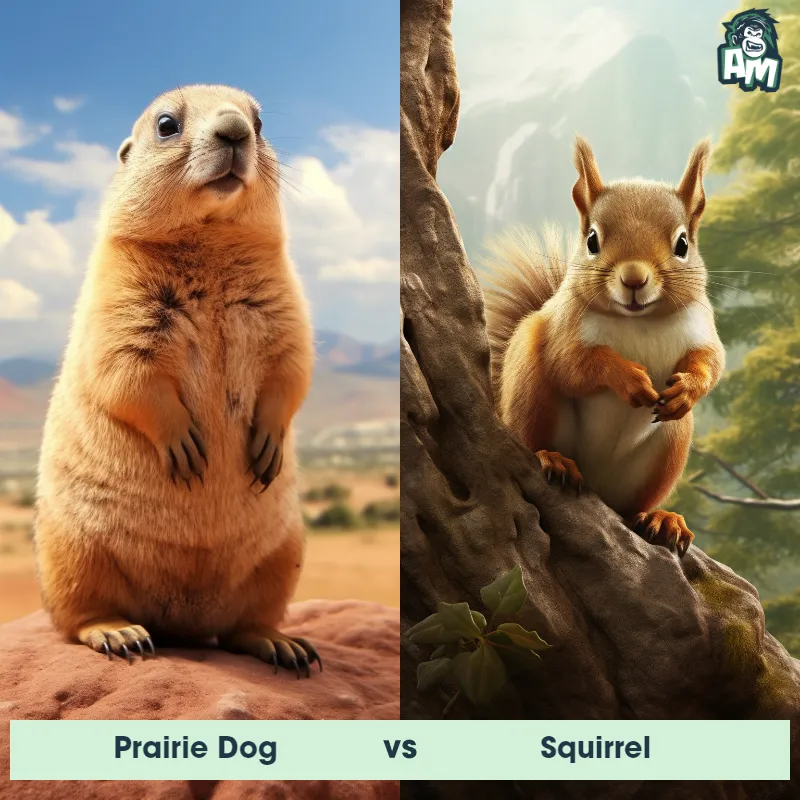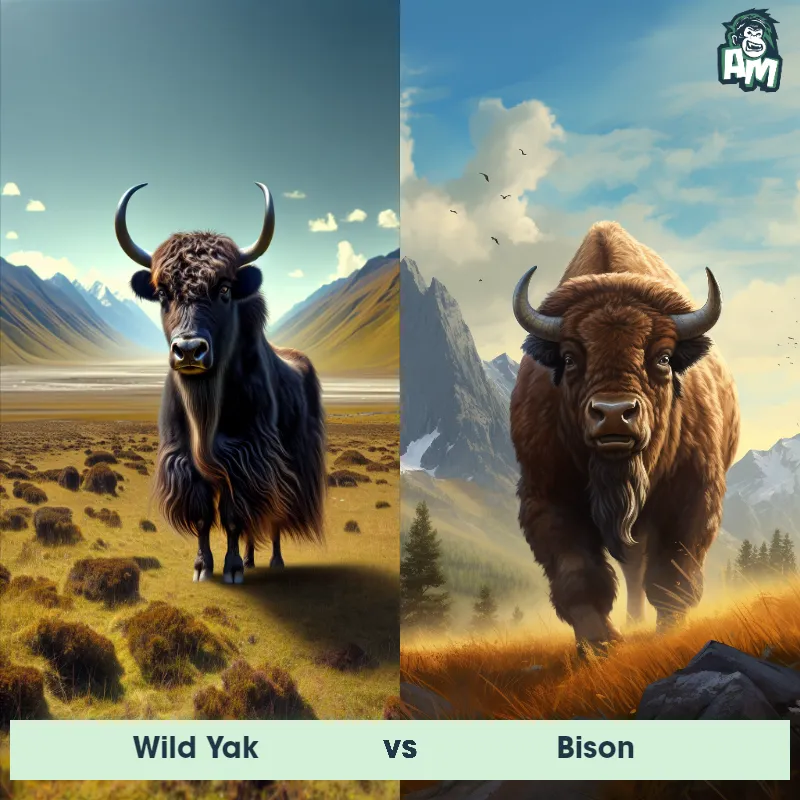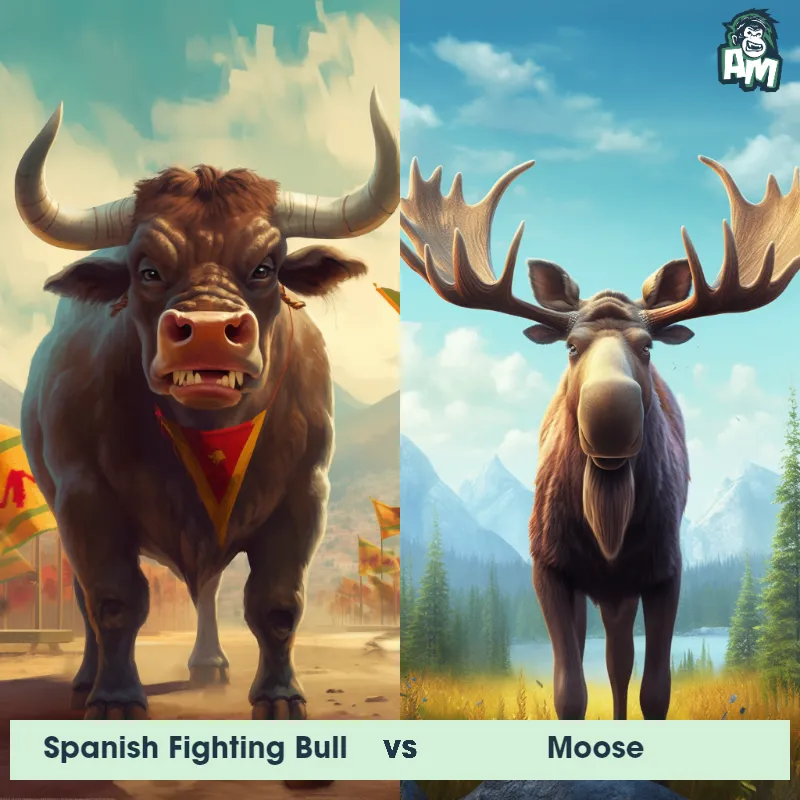Cow vs LeopardSee Who Wins

Ladies and gentlemen, welcome to this exhilarating contest between two magnificent creatures. In the red corner, we have a formidable Cow, known for its tremendous size and unyielding strength. And in the blue corner, we have a sleek and agile Leopard, renowned for its cunning and lightning-fast reflexes. This clash of land titans promises to be a spectacle of raw power versus finesse. Let the battle begin!
Contender 1: Cow
The Cow is a large domesticated mammal revered for its role in agriculture and sustenance. Characterized by their large bodies, wide snouts, and droopy ears, cows have a variety of breeds that differ in size, color, and purpose. Most cows have a distinctive hump over their shoulders and a long tail with a tuft at the end. They are ruminants with a complex digestive system that allows them to convert grasses, which humans cannot digest, into nutritious milk and meat.
Fun Fact: Cows have an excellent sense of smell and can detect odors up to six miles away, a vital adaptation for locating food and water.
Contender 2: Leopard
The Leopard is a large and powerful carnivorous mammal that is known for its distinctive coat pattern consisting of rosette-like spots. It has a slender body, muscular limbs, and a long tail, enabling it to be agile and swift. Leopards are primarily nocturnal creatures, preferring to hunt during the cover of darkness. They are highly adaptable and can thrive in a variety of habitats, ranging from dense forests to open grasslands. With exceptional climbing skills, they are capable of dragging their prey up trees to keep it safe from other predators.
Fun Fact: Leopards are incredibly strong and possess immense agility, as they are capable of leaping horizontally up to 6 meters and vertically up to 3 meters, allowing them to ambush their prey from above with precision.
Matchup Stats
| Cow | Leopard | |
|---|---|---|
| Size | 4.9 feet at shoulder height (1.5 meters) | 24-28 inches (60-71 cm) at the shoulder; 5-6 feet (1.5-1.8 meters) in length |
| Weight | 1,600 pounds (725 kilograms) | 80-160 pounds (36-73 kilograms) |
| Speed | 25 mph (40 km/h) | 36-37mph (58-60km/h) |
| Key Strength | Size and Weight | Powerful jaw and sharp claws |
| Biggest Weakness | Slow Speed | Less endurance compared to some other big cats |
Current Votes
Cow vs Leopard
See Who Wins
View More Matches
Looking For More?
Similar Matches
Scientific Stats
| Cow | Leopard | |
|---|---|---|
| Scientific Name | Bos taurus | Panthera pardus |
| Family | Bovidae | Felidae |
| Habitat | Grasslands, Pastures | Variety of habitats including forests, grasslands, and mountains |
| Geography | Worldwide | Africa, parts of Asia |
| Diet | Herbivore (Grasses, Hay) | Carnivorous, preys on various animals including ungulates, small mammals, birds, and reptiles |
| Lifespan | 15 years - 25 years | 12 years - 17 years |
Key Differences between Cow and Leopard
- Size: The Cow is significantly larger than the Leopard, with adult cows typically weighing around 1,000 to 1,800 kilograms, while leopards weigh approximately 20 to 90 kilograms.
- Body shape: Cows have a bulky body shape with a stocky build, short legs, and a rectangular frame, while Leopards have a more slender and agile body with long legs, allowing them to be powerful climbers and jumpers.
- Color: Cows generally have a uniform coloration, varying between black, brown, white, or a combination of these, whereas Leopards are characterized by their distinctive coat pattern, consisting of rosettes with a yellow or golden background.
- Facial features: Cows have a broad and flat face with eyes located on either side, while Leopards have a more pointed face with eyes situated closer together, providing them with binocular vision for efficient hunting.
- Tail: The Cow has a long and coarse tail, often covered with a tuft of hair at the end, which they use to swat away flies, while Leopards have a long and flexible tail that aids in their balance during climbing and serves as a signaling device.
- Horns: Unlike Leopards, cows possess a pair of prominent horns on top of their heads, which can vary in shape and size depending on the breed, while leopards lack horns altogether.



